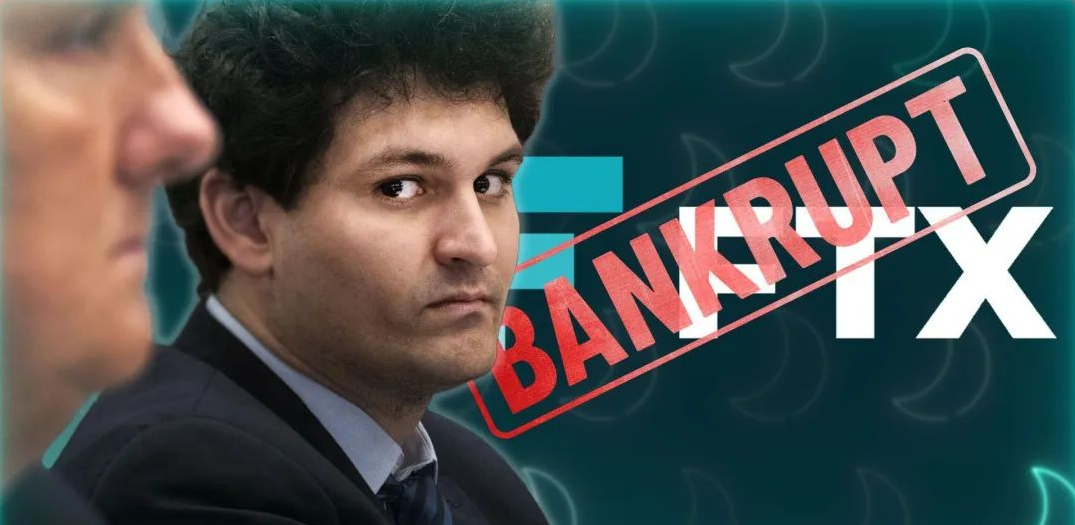Popular Science | Moloch Upgrade: Getting Started Version 2.0
Author: Cooper Turley
Translator & Proofreading: Min Min & A Jian
Source: Ethereum enthusiasts
The newest thing about Web 3.0 technology is that it can optimize social collaboration by creating new mechanisms.
- The Chicago DeFi Alliance (CDA) was officially launched, and TD Ameritrade, Compound, etc. joined
- What to do after halving Bitcoin? All these transactions say
- 939.1 BTC! The number of BTC locked in the Bitcoin Lightning Network hits a 9-month high
The purpose of Moloch DAO is to help Ethereum 2.0 achieve self-organization and provide financial support for it to promote the development of its public infrastructure.
The name Moloch is derived from "Thinking of the Moloch" written by Scott Alexander. It provides us with a new way to solve the eternal problem of how humans collaborate with each other (and withdraw from collaboration). If you want to know more, please click the link to read the official white paper of the project.
As the first step to realize "Minimum-Viable DAO", Ameen deployed the first Moloch DAO on February 14, 2019-and then opened "Year of DAOs".
Since then, Moloch has funded more than 20 important Ethereum infrastructure grants, totaling around US $ 300,000.
Come to the entire DAO
Compared to Moloch DAO itself, its extremely simple framework is worth mentioning. The number of Moloch forks has now reached 100.
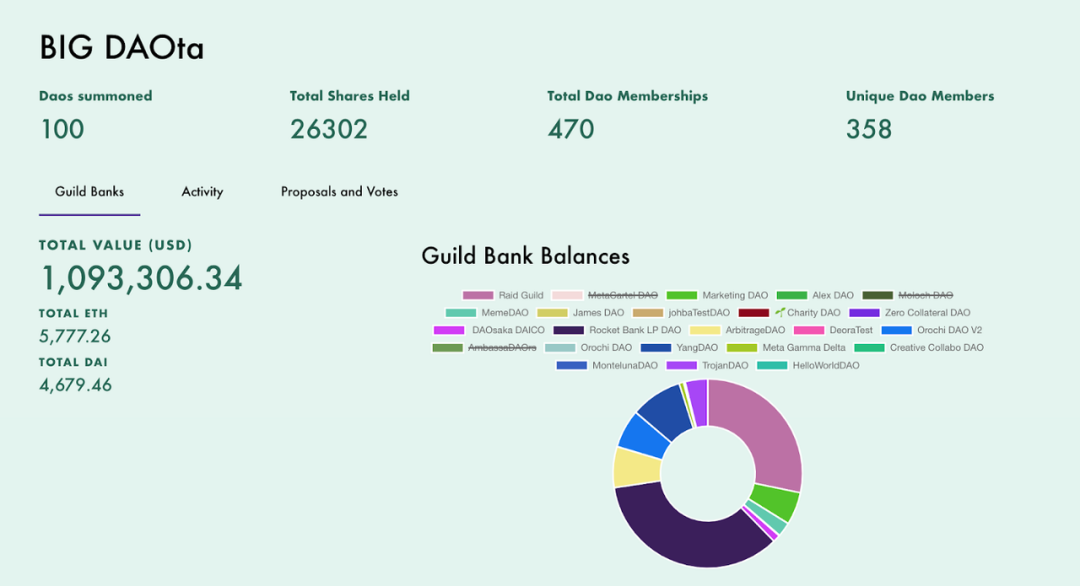
More well-known projects such as MetaCartel, Raid Guild, Rocket, and Orochi have accumulated more than 200 proposals. More than 300 members have participated in the test and jointly pioneered the frontier of DAO collaboration.
In this process, we have been thinking carefully about where Moloch DAO needs improvement. Most of the thinking results were put into the development of "Moloch 2.0 version".
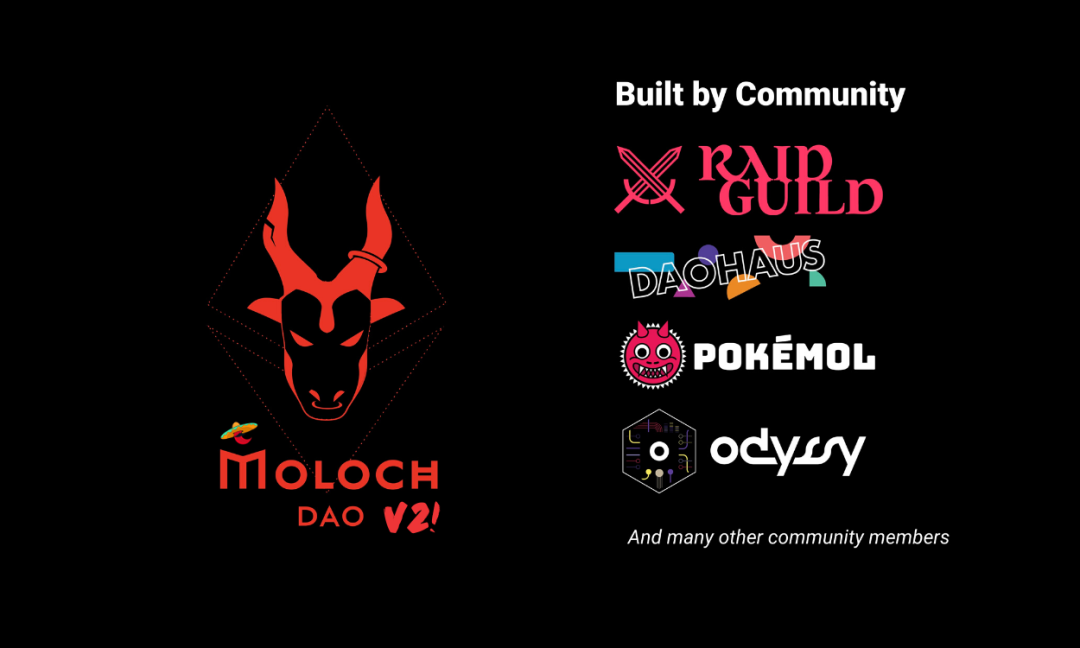
Moloch 2.0 was strategically released at ETHDenver this year. Let's take a closer look at what surprises the new Moloch 2.0 will bring to users.
Why was Moloch 2.0 launched?
First of all, Moloch 2.0 is designed to enhance collaboration on a technical level.
Moloch 2.0 mainly adopts the form of granting subsidies and subsidies, because each project has expressed a strong desire to obtain funds in the form of stable currency and avoid the procedure of ragequit share.
To highlight the necessity of doing so, let's take a look at how Moloch 1.0 grants subsidies:
- The proposal must be submitted by a member of the DAO and processed by another member on the chain.
- After the proposal is passed, the assignee will receive some "shares"-a certain percentage of ETH can be exchanged with the guild bank. Then, the assignee exchanged these shares into wETH through a "retreat" mechanism.
-
It takes about two weeks to process the proposal from beginning to end, that is to say, the price of the "share" will also change with the fluctuation of ETH.
To make it easier for aspirants to participate in the final stages of DAO, this process needs to be improved to make it easier for newcomers to get started.
Moloch 2.0 update
Multi-token support
Moloch 2.0 DAO can currently support 200 different assets instead of only supporting a single asset. This means that DAO can support assets other than ETH, including stable coins like DAI, time tokens like $ MAGIC, and even project tokens like Kyber Network Crystals (KNC).
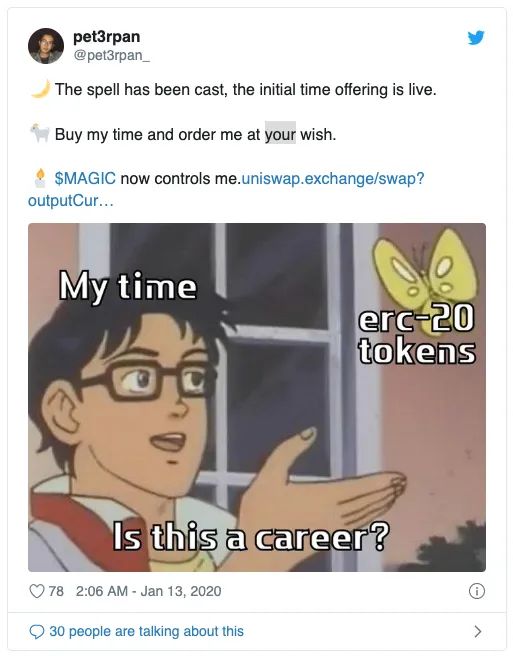
Fund application proposal
Those who wish to obtain funding will not receive shares after submitting the proposal, but any asset supported by DAO-such as ETH or DAI-does not need to initiate a "retreat share" operation. This means that members can request 1000 DAI through the proposal to avoid volatility during the two-week processing.
GuildKick
Have you been fed up with some black sheep who are clearly destroying the interests of DAO? The GuildKick proposal helps you solve this trouble. This is a special proposal that can be initiated by DAO members to force a member to retreat. Once a member is kicked out of the guild, TA's share will be destroyed, and TA will also obtain DAO's assets according to its own share.
Open submission
Anyone, including those who are not DAO members, can now submit their own proposals, no longer rely on DAO members to submit proposals for them.
Transaction proposal
Want to effectively manage DAO's funds? Through the transaction proposal, DAO can trade its basic assets, for example, exchange Dai for transferable and interest-earning assets such as Chai.
Vote update
When a proposal is first submitted, it will be marked as "Unsponsored Proposal". Any member of the DAO can choose to "fund" the proposal and move the proposal from the unfunded queue to the voting period. The subsequent process is the same as Moloch 1.0.
Let ’s take a look at the difference between the new and old versions of the proposal process:
Moloch 1.0:

Moloch 2.0:

In this way, it can improve the affinity of DAO, encourage everyone to submit more proposals, and still rely on the management queue and member funding to filter proposals.
New application scenarios
After understanding these functions, let us look at the potential application scenarios of Moloch 2.0:
Reduce the friction of granting funds
Although the general process is the same, Moloch 2.0 supports the use of Dai to disburse funds and accept public submission of proposals, which greatly enhances coordination.
To give an intuitive example, a transferee originally needed to change his share to 9 ETH through the rage mechanism. Now he can directly get 4000 DAI without worrying about the price fluctuation of the underlying asset.
As mentioned above, assignees can now submit proposals themselves, without relying on DAO members to submit proposals for them.
For profit
For newly launched projects such as MetaCartel Ventures, multi-token support allows the DAO project to hold a variety of different assets-directly optimizing its investment capabilities, and can also obtain different types of tokens as income.
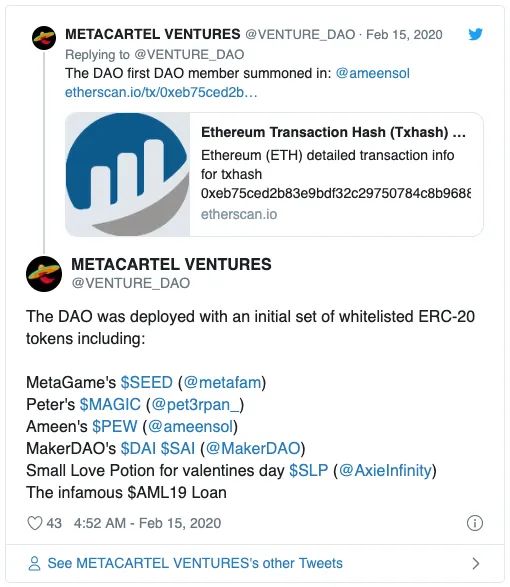
In addition, kicking out the guild proposal mechanism can ensure that all members are united. Therefore, the profitable DAO will become more efficient and flexible.
War Chest
Multi-token support can bring together different sets of tokens, which brings new opportunities for DAO, allowing it to subdivide the assignee according to the type of payment / funding.
Taking DAOs such as Raid Guild as an example, guild members can use personal tokens and / or guild project tokens through Moloch 2.0 to summon multiple mercenaries to complete emergency development tasks.
Reputation system
As tools such as SourceCred and 1UP enter the DAO ecosystem, Moloch 2.0 can also be paired with a reputation system to make the economic incentive mechanisms of governance participants better compatible. Given that reputation can be viewed as a direct indicator of share creation activity or voting weight, we hope to see the emergence of DAO that will allow other factors besides funding contributions to also have an impact on the chain.
Start here
Come and create your own Moloch 2.0 DAO and be the first to experience Daohaus. Click "Summon a DAO (create a DAO)", "Switch to V2 (switch to version 2.0)". If you want to explore the created Moloch 2.0 DAO, you can see them on the "Moloch V2" discovery page on our homepage.

Thanks to Pokemol, each Moloch published on Daohaus will have its own front-end page-allowing you to manage and coordinate your DAO more easily.
Our Raid Guild team is working on some cool new features, for example, allowing members to call functions on contracts, add more indicators and gamified designs, and vote on things other than proposals (such as claims and proofs).
In the future, we will continue to introduce a series of auxiliary functions, and ultimately make DAO interaction as simple and effective as possible.
If you have trouble creating DAO, or have questions about Moloch 2.0, please join Daohaus's Telegram channel. At the same time, you can follow Moloch's official Twitter account or learn more about the project on Github.
Come and support us: Twitter | Gitcoin Grant
Special thanks to Ven Gist and the Odyssy team! (Finish)
Original link:
https://medium.com/raid-guild/moloch-evolved-v2-primer-25c9cdeab455
We will continue to update Blocking; if you have any questions or suggestions, please contact us!
Was this article helpful?
93 out of 132 found this helpful
Related articles
- Babbitt Column | Cao Yin: Maker's Easter Eggs reveal what major business innovations are possible in the future?
- A number of state-owned banks disclosed the 2019 annual report: How do major banks deploy blockchain?
- Babbitt Cloud Summit | The mountains, rivers and clouds, the colorful clouds fluttering, the evolutionary theory of mining circles!
- "Crypto World" under the epidemic: analysis report of the digital currency industry in the first quarter of 2020
- Global Blockchain Industry Development March Report: Digital currency supervision speeds up, and the monthly financing amount of the blockchain breaks 500 million US dollars
- QKL123 market analysis | BCH, BSV halved before BTC, how do miners react? (0408)
- Will Bitcoin have a 10-fold increase? Mining or the blue ocean market? And listen to mining giants explain mining evolution in detail | Babbitt Cloud Summit




